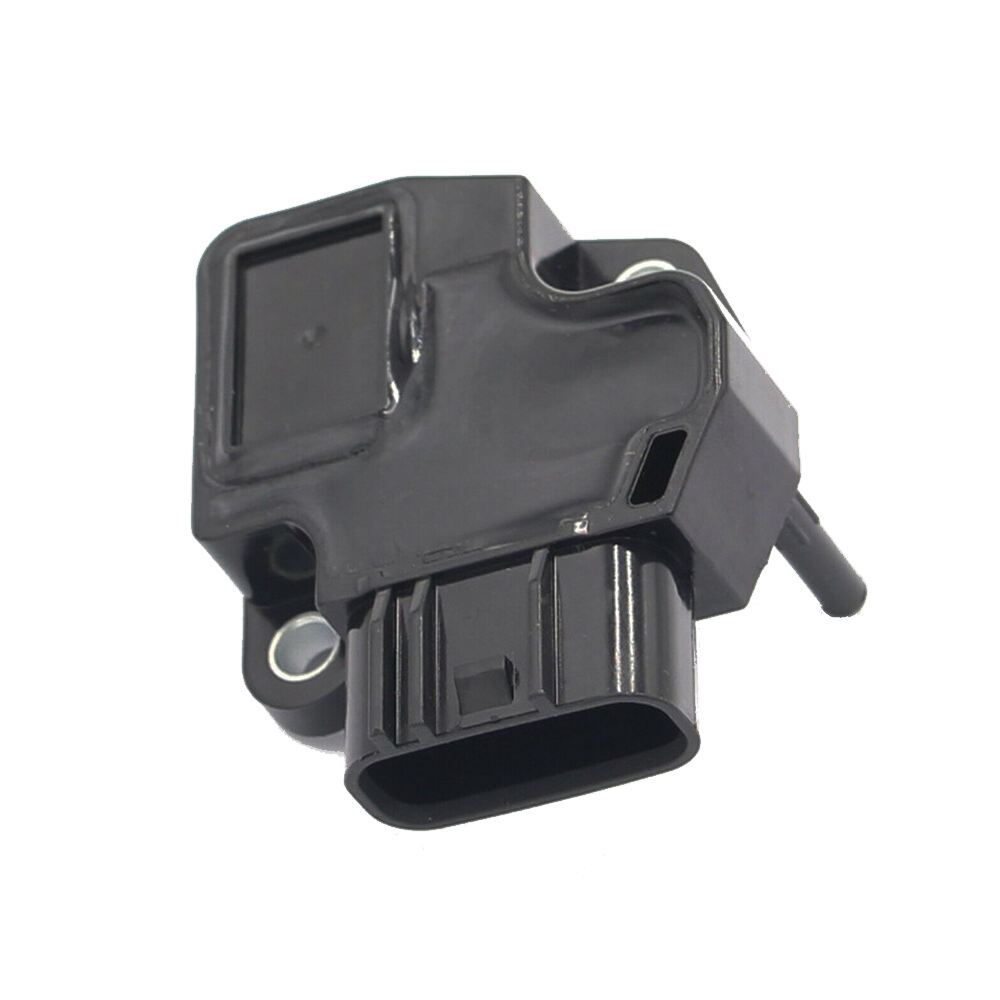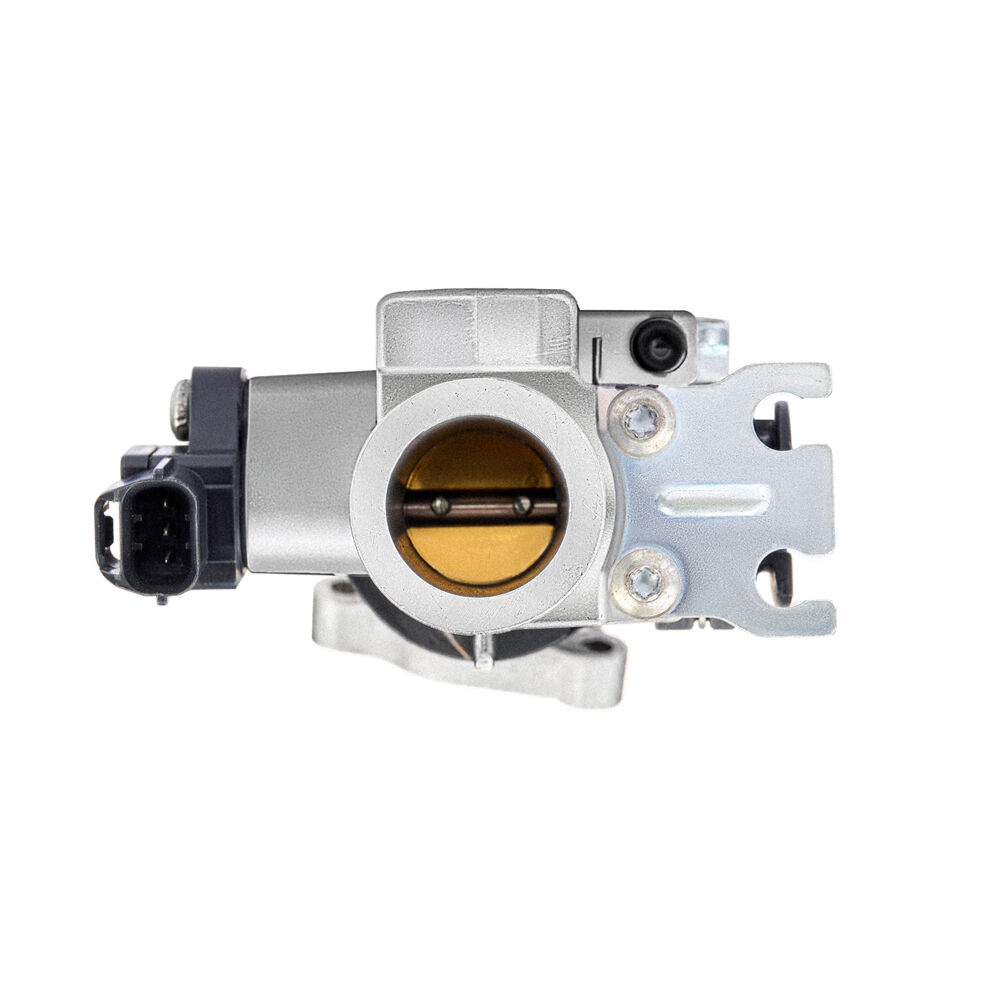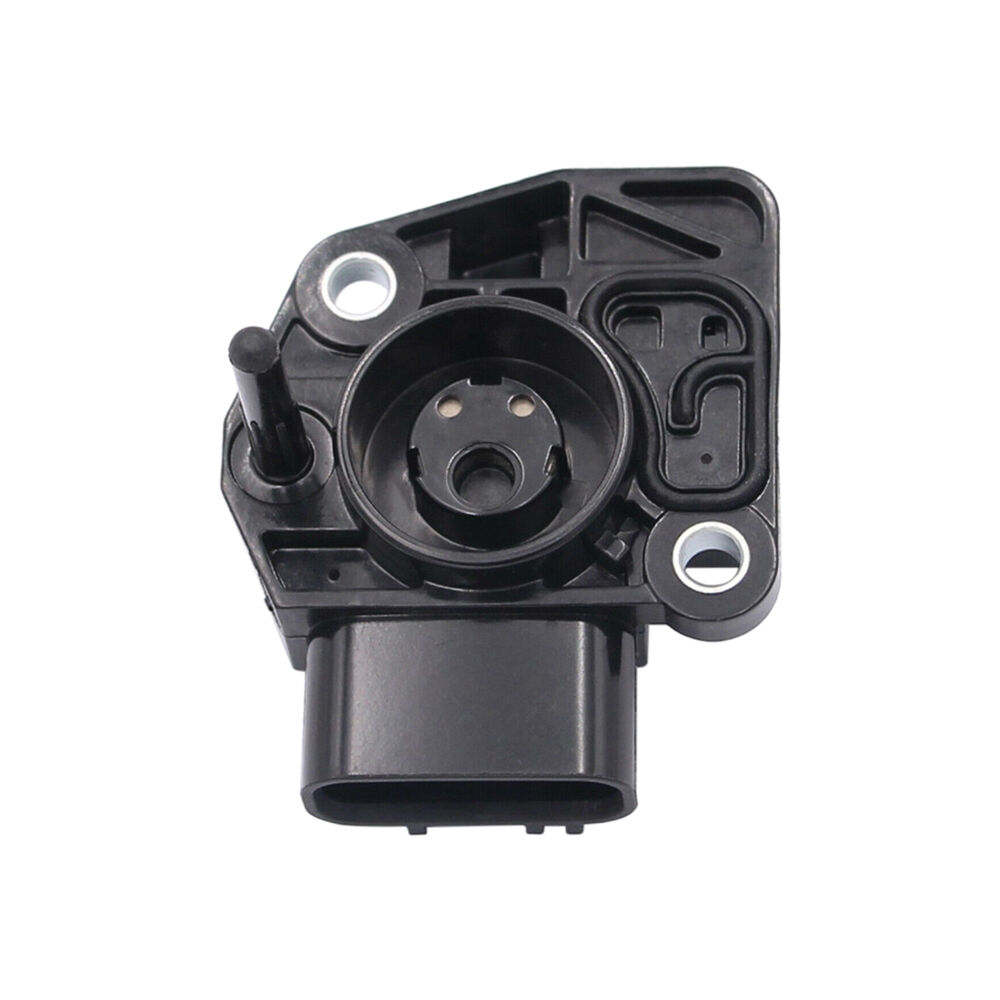vehicle map sensor
A vehicle MAP (Manifold Absolute Pressure) sensor is a crucial electronic component in modern automotive engines that measures the pressure inside the intake manifold relative to atmospheric pressure. This sophisticated device plays a vital role in engine management by continuously monitoring air density and providing real-time data to the engine control unit (ECU). The sensor operates by converting pressure variations into electrical signals, enabling precise fuel injection timing and optimal air-fuel mixture ratios. In naturally aspirated engines, the MAP sensor helps determine engine load, while in turbocharged applications, it monitors boost pressure. The sensor's accuracy is essential for maintaining proper engine performance, fuel efficiency, and emissions control. Modern MAP sensors utilize advanced piezoelectric or silicon-based technology to ensure reliable pressure measurements across various operating conditions. The sensor's data helps the ECU adjust fuel delivery, ignition timing, and other parameters to optimize engine performance. This adaptability makes the MAP sensor particularly valuable in varying atmospheric conditions and altitudes, as it allows the engine management system to compensate for changes in air density automatically.


